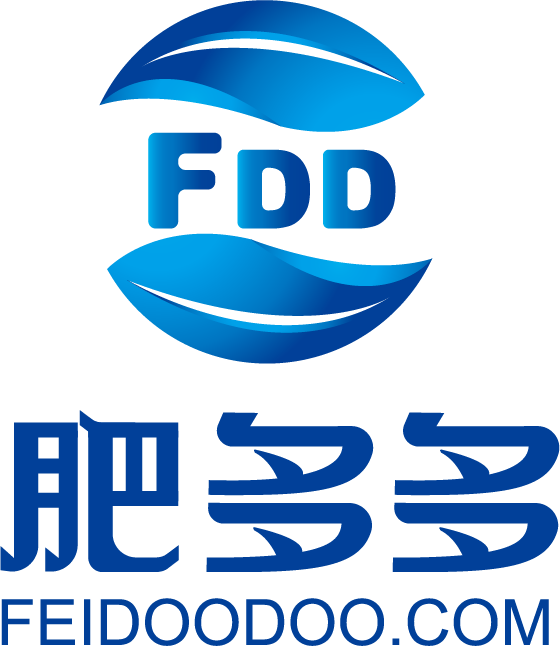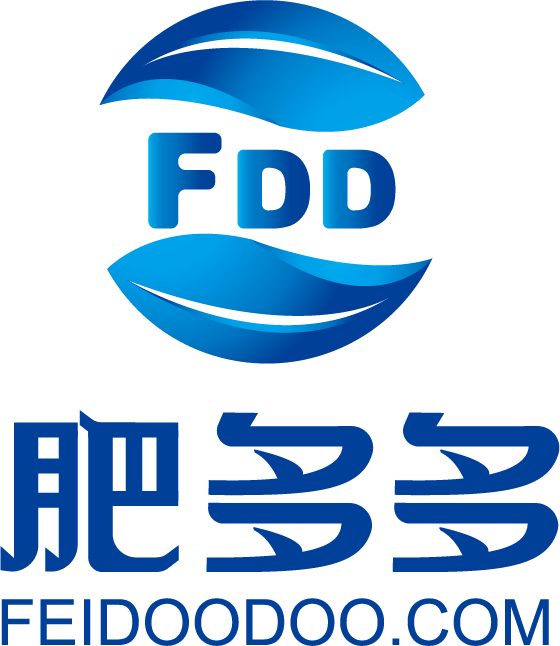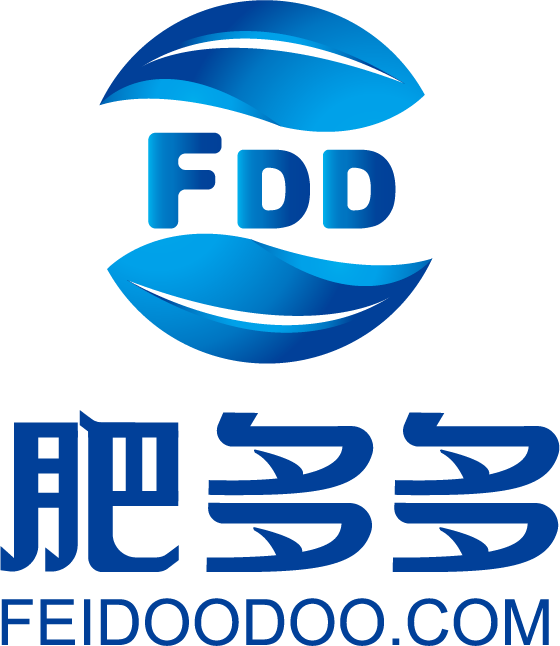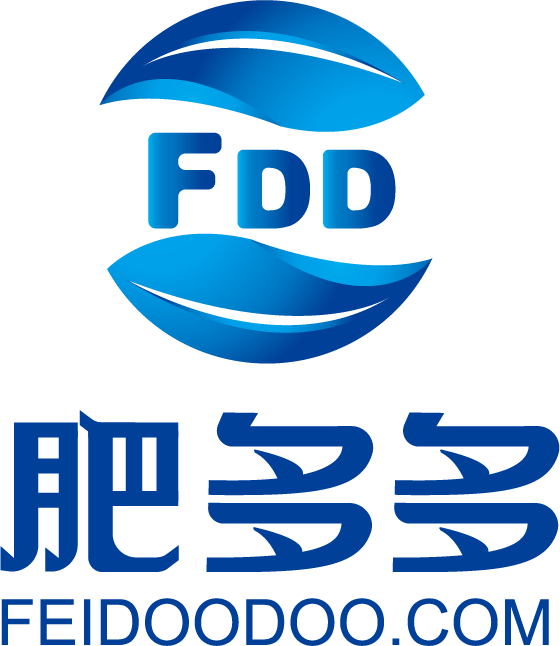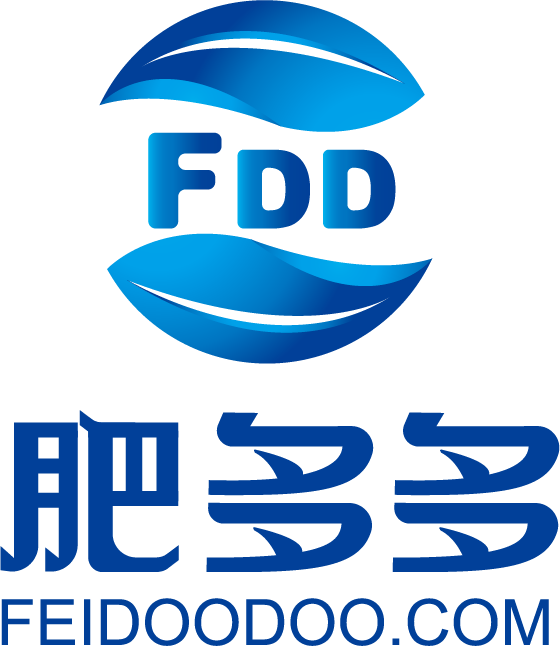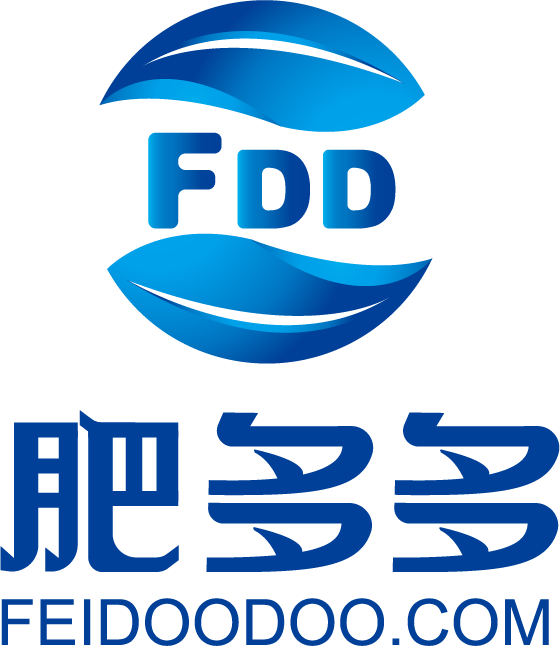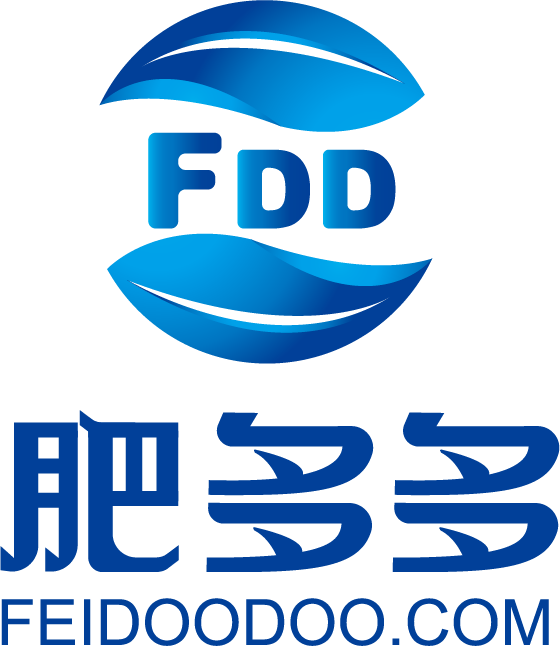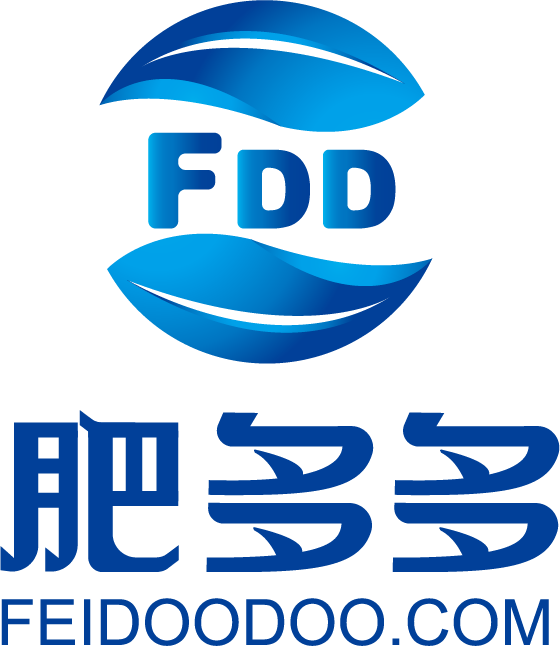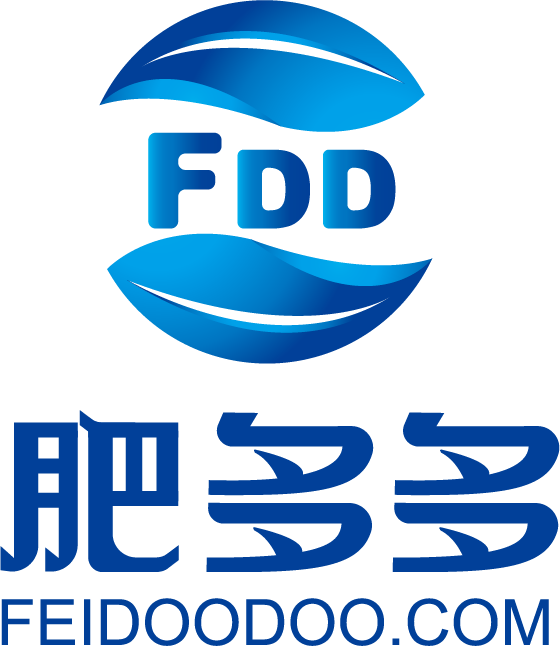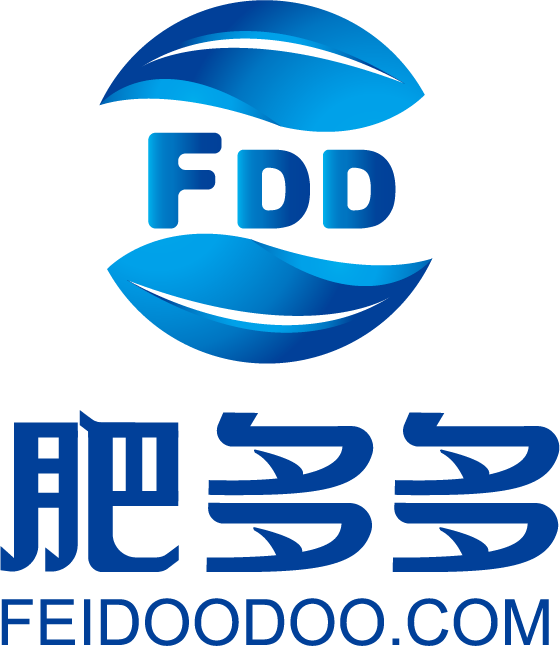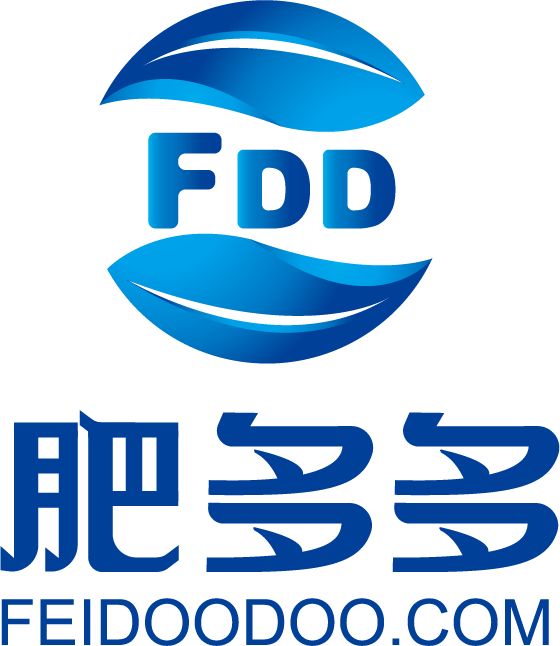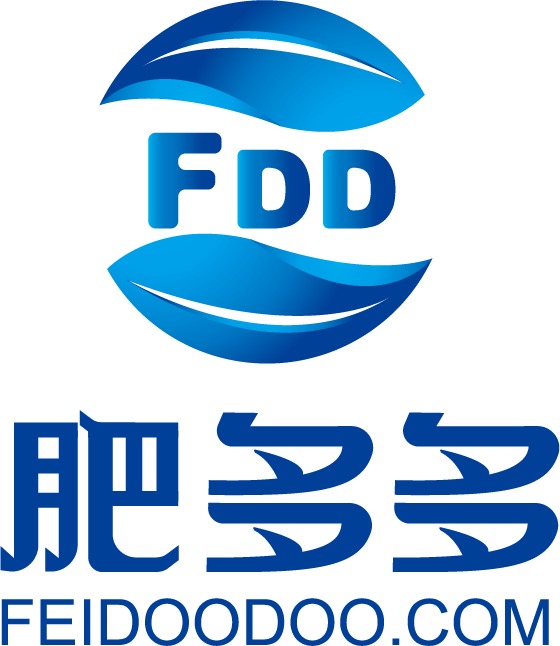- The phosphate fertilizer market, specifically for MAP and DAP, showed weak stability in prices with poor market transactions on January 18th. Despite stable price indices, the overall market sentiment remains sluggish. The MAP market is characterized by downward price adjustments and a cautious approach from businesses and traders. The DAP market similarly reflects a wait-and-see attitude with a slow progression in the winter storage market and declining raw material costs. Both markets are expected to continue their weak and slightly declining price trend in the short term due to lackluster demand and bearish market conditions.
- The urea market on January 18th experienced a continuation of its downward trend with reduced prices in response to weak demand. The urea price index and futures market reflect this trend. The spot market sees a stable yet declining pricing approach from factories, adjusting for pre-Chinese New Year orders. The market's trading atmosphere remains cautious with weak confidence. Supply is expected to be ample due to the gradual resumption of previously shut-down plants. Demand is cautious in both agricultural and industrial sectors, with a low willingness to accept higher prices. The urea market is anticipated to maintain overall stability with a tendency towards slight decreases in the short term.
- The daily review of the phosphate fertilizer market on January 17th indicates a continuation of weak stability in both monoammonium phosphate (MAP) and diammonium phosphate (DAP) markets. The MAP market is experiencing a lack of significant new orders, with companies resorting to specific trade policies for core customers to cope with sales pressure, leading to low market prices. The DAP market similarly shows weak stability with minimal new orders and companies mainly focusing on fulfilling existing orders. Market dynamics for both MAP and DAP are characterized by cautious demand, weakening raw material cost support, and a general trend of weak market performance, suggesting a continuation of this trend in the short term.
- Introduction: Since New Year's Day, due to persistent low liquidity, the fertilizer market prices have barely changed. Recently, the international urea market has seen prices rise across the board due to a wave of short-covering by trading companies, back-to-back trades, and trading positions in the European market. The increase ranges from $15-40/ton, with a maximum rise of 280 RMB/ton when converted to Chinese currency! This significant adjustment in urea market prices may alter the previously sluggish sentiment in the fertilizer market, heralding the first price rise of the New Year.
- The urea market in China is experiencing a slight decline in prices, mainly stable but with minor adjustments due to weather-related disruptions in factory shipments and cautious market sentiment. The small particle price index reflects a slight month-on-month and year-on-year decrease. The futures market shows a downward trend in prices, with the main contract witnessing a decrease in the settlement price. Spot market analysis indicates regional price variations, with some areas experiencing a rise and others seeing a fall in prices. The market forecast suggests a continuation of this trend, with a stable yet cautious outlook due to ongoing supply increases and a cautious approach in downstream purchasing, primarily in small order volumes. The urea market is expected to remain stable with minor adjustments in the short term, influenced by weather conditions and subdued downstream follow-up.
- The latest review of the phosphate fertilizer market highlights a continuous decline in monoammonium phosphate (MAP) prices, with weak downstream demand and sluggish new order transactions. The market exhibits a bearish sentiment due to the weak demand and falling raw material prices, leading to a slight downward trend in MAP prices. In contrast, diammonium phosphate (DAP) prices remain stable, focusing on fulfilling pending orders with unchanged factory prices. The DAP market is characterized by weak sales, a lackluster trading atmosphere, and decreased cost support due to falling prices of synthetic ammonia and sulfur. Overall, both MAP and DAP markets are experiencing weak demand and cost support, indicating a continued weak trend in phosphate fertilizer prices.
- This report presents an analysis of the urea market as of January 16th, noting a decrease in the small particle urea price index and fluctuations in the futures market. The spot market shows a continued downward trend with slight upward adjustments in East, Central, and South China regions, indicating a minor market rebound. Manufacturers focus on fulfilling existing orders, with some reducing prices to attract new ones. The market exhibits signs of a minor recovery with increased transactions and moderate follow-up from the agricultural sector. The supply shows signs of improvement, but the pace of recovery is slow. With the slight increase in agricultural demand in key regions and urea enterprises attracting purchases at lower prices, the market is expected to stabilize shortly.
- The latest review of the urea market reveals a continued stalemate, characterized by weak demand and cautious trading. The small granule urea price index reflects a modest decrease, mirroring the cautious approach in the futures market. Spot market analysis indicates a persistent weakness in demand across various regions, leading to a general stability but a slight decline in prices. Enterprises are actively lowering prices to secure new orders, indicative of the prevailing cautious sentiment in the market. The short-term outlook suggests a weak, stagnant market environment , with a tendency for prices to remain stable but slightly decline, as factories adjust strategies to navigate the current market challenges and respond to the sluggish demand, particularly in the agricultural and industrial sectors.
- The recent daily review of the phosphate fertilizer market indicates a persistently weak trend due to inadequate cost support. The MAP market exhibits stability in prices despite limited new transactions and a prevailing wait-and-see approach among buyers. In contrast, the DAP market, while also displaying price stability, faces varied trader quotations and subdued trading activity, reflecting weak downstream demand. The falling prices of key raw materials like sulfur and synthetic ammonia, coupled with steady phosphate rock costs, contribute to this weakened cost support. The forecast suggests a continuation of this trend, with the DAP market expected to undergo further weak adjustments due to stable factory prices and frail downstream purchasing intentions.
- This report analyzes the phosphate fertilizer market, focusing on both MAP and DAP. Prices continued a mostly stable yet slight decline, with factories executing pending orders but lacking clear quotations. The market trading volume was limited, and the overall operation remained weak. The operating rates for both MAP and DAP industries showed an increase. Weekly production of both MAP and DAP was higher than last week but varied year-on-year. Port inventories remained stable or decreased compared to last year. The report concludes with a forecast anticipating mostly stable prices with minor adjustments in both MAP and DAP markets, influenced by the current market dynamics, supply and demand factors, and industry operating conditions.
- This report provides a comprehensive analysis of the urea market, noting a continuous decline in prices. With the approach of the Spring Festival, factories adjusted their quotations downward for pre-festival orders. The domestic urea small granule price index showed a decrease, with the market operating weakly. Inventory dynamics reveal a decrease in enterprise stocks and port inventories. The compound fertilizer and melamine industries also faced weak market conditions, with price declines and cautious purchasing sentiments. Internationally, FOB prices showed slight variations. The outlook anticipates a continued low supply, with gradual recovery expected and an increase in demand as market prices decrease, suggesting a steady but weak market operation shortly.
- This report provides an analysis of the phosphate fertilizer market, focusing on both monoammonium phosphate (MAP) and diammonium phosphate (DAP). The MAP market prices remain stable, with enterprises holding small pending orders and trader prices being disordered. Demand remains poor, and the market maintains a weak operation. Raw material prices are declining, weakening cost support. The DAP market continues to operate steadily, with factories dispatching winter storage orders and traders adjusting prices flexibly. Demand is weak, and the market sentiment is predominantly wait-and-see. The report concludes that both MAP and DAP market prices are expected to continue their mostly stable operation with minor adjustments in the short term, influenced by market dynamics and raw material cost fluctuations.
- This report provides an analysis of the current urea market, highlighting a continued weak downward trend in prices, both in the spot and futures markets. Agricultural restocking has slowed, and market quotations are exploring lower. The supply side faces limitations with low daily production, but expectations of recovery are present as shut-down units are set to restart. Demand remains cautious with limited agricultural needs and a predominant wait-and-see sentiment in the downstream sector. The report concludes with a forecast anticipating mostly stable prices with minor decreases in the short term, as the market deals with weak operation and a stagnant trading atmosphere.
- This report provides an analysis of the phosphate fertilizer market, focusing on both monoammonium phosphate (MAP) and diammonium phosphate (DAP). The MAP market prices remain stable with most factories lacking clear quotations and a disordered market. Demand remains low, and purchasing enthusiasm is not high. In terms of raw materials, sulfur, and synthetic ammonia prices are declining, while phosphate rock prices remain stable, leading to weakened cost support. The DAP market also shows stable operation, with manufacturers continuing to dispatch winter storage orders and sufficient pending orders. The market demand is weak, with a slow progression in winter storage purchases and a continued weak operation. The report concludes that both MAP and DAP market prices are expected to continue their mostly stable operation with minor adjustments, influenced by market dynamics and raw material cost fluctuations.
- This report analyzes the current state of the urea market, highlighting the continued downward trend in prices, both in the spot and futures markets. Manufacturers face increasing sales pressure as they strive to secure sufficient volumes of new orders, leading to a continuous exploration of lower prices. The market is influenced by low-end prices emerging amid a bearish trading atmosphere. On the supply side, the industry faces limitations due to equipment malfunctions, while the demand side shows a general performance with localized slow follow-ups. The report concludes with a forecast anticipating mostly stable prices with minor decreases in the short term, as the market faces weak supply and demand and difficulties in rising prices.
- Mall
- Supermarket
- Supplier
- Integrated logistics
- Warehousing
- Transaction Services
- Expo Services

